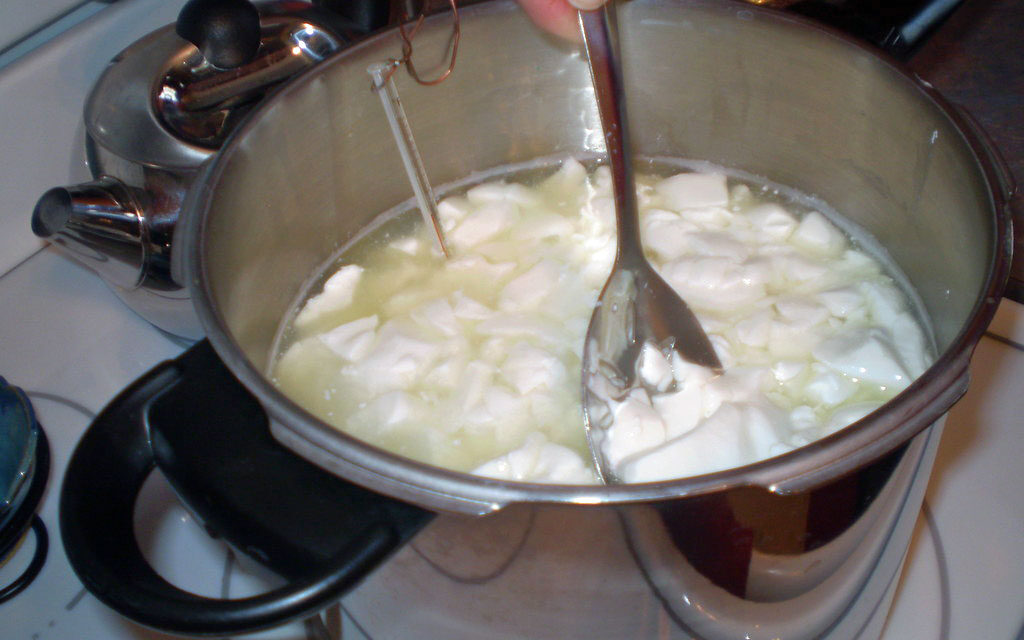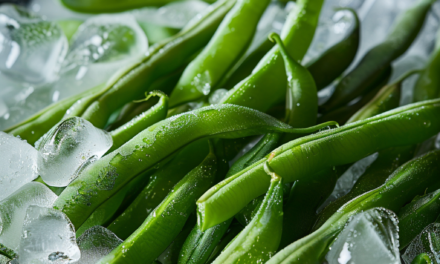Denaturation is a cooking technique that refers to the process of altering the natural structure of proteins, typically through heat, acid, or mechanical action. When proteins are denatured, their molecular structure changes, causing them to lose their original shape and, in many cases, their function. This process plays a crucial role in cooking, as it affects the texture, appearance, and digestibility of food.
How Denaturation Works:
Proteins are long chains of amino acids that are folded into complex shapes. Denaturation occurs when the bonds holding these protein structures together are broken, either by heat, acid, or mechanical forces like whipping. As proteins denature, they may coagulate, solidify, or change their texture, which is essential for creating various dishes.
Examples of Denaturation in Cooking:
- Eggs (Global):
When eggs are cooked, the proteins in the egg whites (mainly albumin) denature and coagulate, turning from translucent to opaque and firm. This transformation is what allows eggs to be cooked in various ways, from scrambled eggs to hard-boiled eggs. In Japan, tamago (sweet omelet) is a perfect example of this process, where the proteins are denatured through a careful cooking technique to create a soft, yet structured texture. - Ceviche (Latin America):
Ceviche is a popular dish where fish or seafood is “cooked” using acid from citrus fruits like lime or lemon. The acid denatures the proteins in the fish, turning them firm and opaque, mimicking the texture of cooked fish, without using heat. - Cheese-Making (Europe):
In cheese-making, the application of rennet (an enzyme) or acid denatures the proteins in milk, causing them to coagulate and form curds. This process is essential in making cheeses like cheddar, mozzarella, and brie.
Why Denaturation is Important:
Denaturation is key to many cooking techniques and contributes to the texture, taste, and safety of food. By understanding how to control this process, cooks around the world can create a diverse range of dishes with varying textures and flavors. Whether it’s the soft texture of an omelet, the firm fish in ceviche, or the creamy consistency of cheese, denaturation is at the heart of these culinary transformations.






